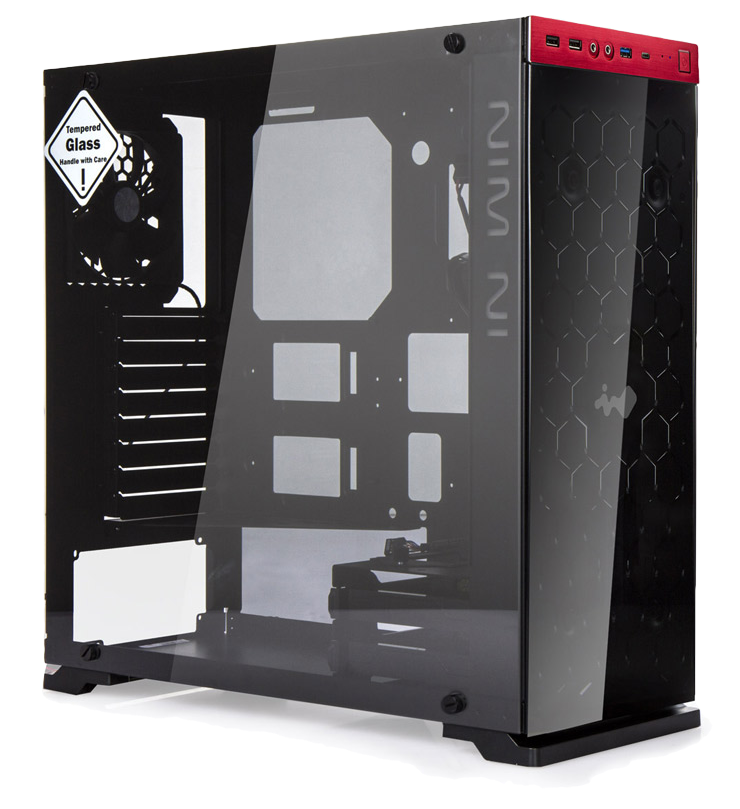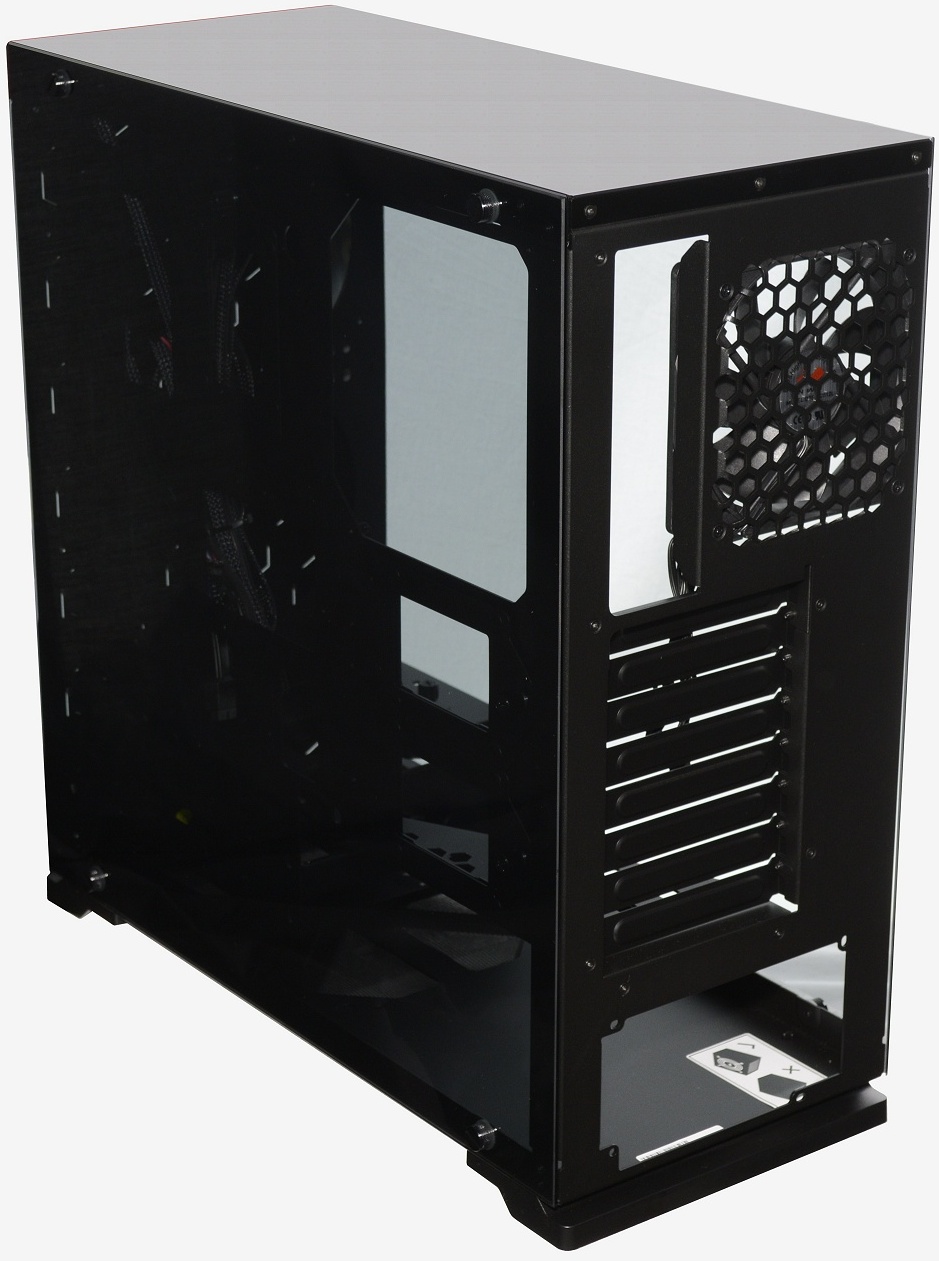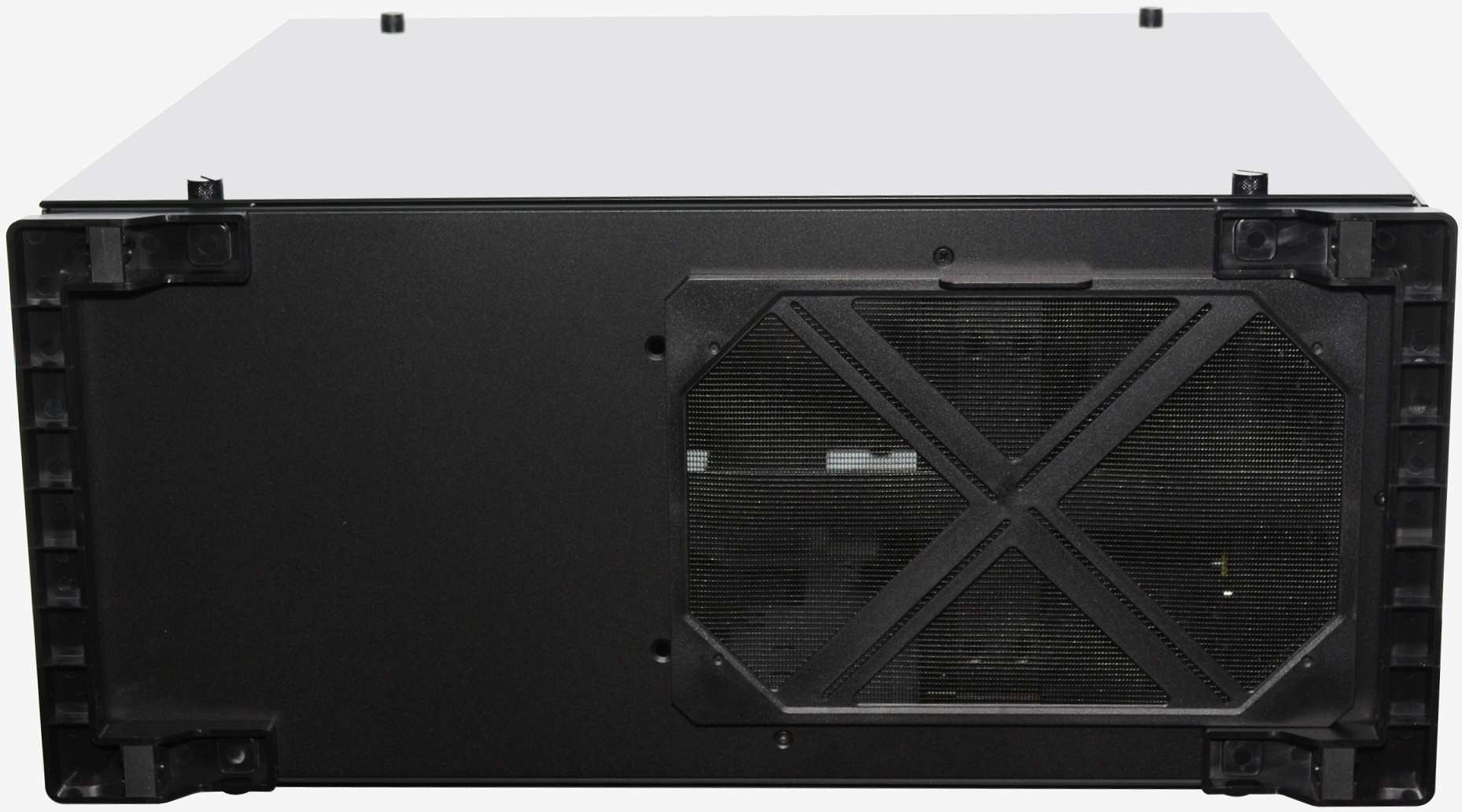In all my years of testing hardware, relatively few products have been truly exciting to me. For computer cases, Thermaltake's Level 10 and Mozart TX always come to mind, as does Silverstone's Raven RV01 for being so unique and intriguing at the time.
A couple years ago In Win amazed us with the D-Frame, an open air chassis that seemed impractical not least because of its $400 price tag, and more recently we found ourselves in awe of the company's $800 Tòu, a chassis dressed from head to toe in tempered glass.
Mid-way through 2014 In Win returned with its S-Frame, another beautiful enclosure that was neither practical nor affordable, which isn't to say the company lacks a presence in the budget space because it has an extensive range of sub-$100 cases that are caked in plastic.
In Win has also found a nice middle ground with its 904 Plus and 901 series which share the company's passion for tempered glass but in a more traditional chassis. The 904 Plus sells for $250, which is admittedly a bit much for a mid-tower, but it's an amazing case. The 901 is more affordable at $160, though it's designed for Mini-ITX platforms.
Aimed somewhere between those models, In Win's 805 is another glass-clad mid-tower – in fact, there is even more glass on the 805 than there is on the 904 Plus and yet it is said to be even more affordable. Later this month the 805 is expected to go on sale for just $200, making it 20% cheaper than the 904 Plus.
At a quick glance the 805 appears to be a better equipped case as well, offering slightly more storage options (though it lacks optical storage support), as well as much better cooling out of the box, better connectivity thanks to Type-C USB and more room for CPU coolers.
External Design
The In Win 805 measures 476mm tall, 205mm wide and 455mm deep making it a mid-sized tower. The case has been constructed exclusively using aluminum and 3mm thick tempered glass.

The front panel could be described as a work of art. The majority of the panel is covered in tempered glass but what gives it a special look is the honeycomb cutouts behind the glass. When used in conjunction with a pair of front mounted LED fans this makes for one hell of an effect.
Of course the drawback to this design is seen in airflow, as glass obviously doesn't provide ventilation. Normally we find when looking at cases that use a solid panel design that the ventilation is moved to the sides of the panel, but this isn't the situation with the 805. Rather In Win has limited air intake to the underside of the case which will obviously limit air flow.
This is a case of form over function, we just hope this doesn't hamper performance so much that it spoils the 805's looks.
Another possible disadvantage to this design is the lack of support for external drive bays, eliminating the ability to install an optical drive. Personally, I'm more than happy to make this sacrifice as I don't use an optical drive anyway, but those who still do could always buy an external USB optical drive.
Speaking of USB, the 805 supports USB 3.1 Type-C (limited to USB 3.0 bandwidth) along with USB 3.0 and USB 2.0 on the front panel. Be aware that there are a few versions of the 805 and not all offer Type-C USB. Apparently the versions with the LED-lit logo down the left side features Type-C USB on the front panel while the non-lit version doesn't. I'm sure there will be appropriate model numbers to make deciphering the models easier.
Along with the USB ports there are two audio jacks, two activity lights and the power button found on the I/O panel. The 805 does come in three color options for the front I/O which includes black, yellow and the red version that we have. The yellow and black versions feature a white LED-lit logo down the side while the red model has red LED lighting.
The front I/O panel, which is found at the top of the front panel above the glass, has been constructed from brushed aluminum and this look extends to the top of the 805. Again, like the front of the case the top panel is solid with no ventilation. It certainly looks nice but will limit airflow and radiator support.
The left side of the 805 features that LED logo that we've already spoken about. The key feature on this side is the massive tempered glass panel that is locked into place using four custom thumb screws.
The opposite door panel is also made from tempered glass and is the exact same size as the left side panel. Having a transparent panel behind the motherboard tray will certainly promote clean cable management.
Around back we find what looks like a fairly standard rear end for a mid-tower, though not everything is as it seems. We got our first glimpse at some actual ventilation in the form of a 120mm exhaust fan but there are some oddities here.
First of all the motherboard I/O slot doesn't support I/O shields, they simply cannot be installed. This is an extremely odd design choice that we can't explain. The motherboard is recessed slightly into the case but for whatever reason In Win decided to remove support. The hole is too short and too tall to accommodate the I/O shield.
Another strange design quirk has to do with the eight expansion slots, though this one is kind of useful. The dividers have been removed from the expansion slots making it one large open cavity once the black covers are removed. This means dual slot cards won't have the thin metal support running though the middle of the I/O panel. It's a pretty cool idea, though it does leave gaps between cards.
Underneath the 805 we again find little ventilation. The removable dust filter uncovers a vent that the front intake fans use to draw in cool air while a pair of feet at the front and back raise the case roughly 20mm off the ground. This clearance is extremely important as all the cool air that enters the 805 will do so from underneath it.
In Win says the cool air intake from the bottom creates efficient airflow for quick heat dissipation and it will be interesting to see how accurate this claim is.






